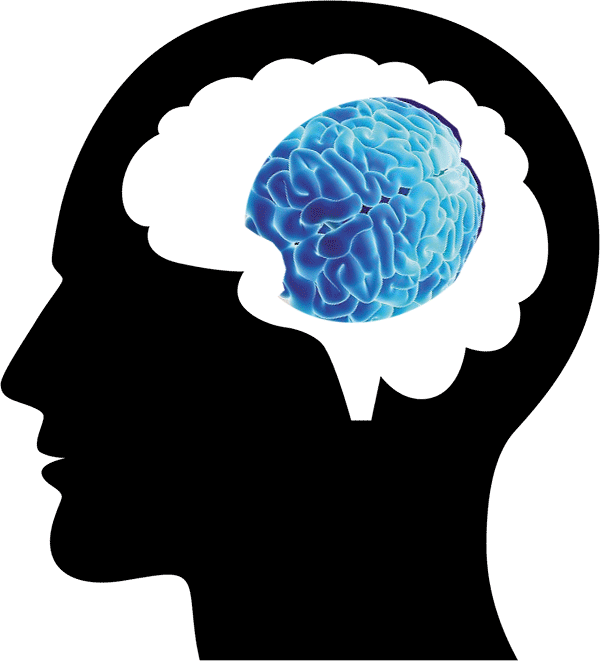

By: Dr.Layeeq-ur-Rahman Khan
IntroductionThe strongly held but non delusional belief that a body part is misshapen or defective in some ways is the key symptom in the Body Dysmorphic Disorder. This disorder is also known as dysmorphobia, the fear of a deformed body part. In spite f the patient’s stated, the particular body part about which there is a concern is objectively unremarkable. It is more common in women. |
Causes:The cause of body dysmorphic disorder is unknown. Some patient’s beliefs are based on another more Pervasive psychiatric disorder, such as schizophrenia, mood disorder, or severe personality disorder. Psychodynamically, SOME PERSON INVEST A PARTICULAR BODY PART WITH A HIGH LEVEL of unconcious meaning that can be traced to an event during an earlier stage of psychosexual development. |
Clinical Features:Body dysmophic disorder patients imagine some defect in their appearance, most commonly in regard to the face nose, hair, breast or genitals. The patients anguish is intensified in social situation. Secondary symptoms include depression, insomnia, and severe anxiety. Such person are normal in appearance, and, if they do have a slight physical anomaly, their concern is excessive. A clinical case example follows. |
Course And Prognosis:The onset of body dysmorphic disorder is insidious; the concern about one’s appearance develops gradually. Indeed, patients often brood about their imagined defector several years before consulting a physician. |
Treatment:In spite of intense suffering, patients with body dysmorphic disorder tend to refuse psychiatric treatment out right. If another underlying psychiatric disorder is present, that condition should be treated first. Some person persist in seeking plastic surgery to correct what they perceive as deformities, and so an essential part of surgeons diagnostic task often with the help of psychiatric consultant is to identify those with legitimate indications. Several old studies reported effectiveness in treating body dysmorphic disorder with pimozide, an antipsychotic, and with standard antidepressant and monoamine oxidaseinhibitors. It was shown that most patients retain some concern about their problems, but its intensity is blunted enough to allow them to lead more normal lives. Long term treatment is necessary, as replaces after discontinuing medication are common. More recent reports have documented successful treatment with serotoninreup take specific drug, such as fluoxetine and clomipramine. Controlled clinical trials will be necessary to evaluate the effectiveness of these treatments. |